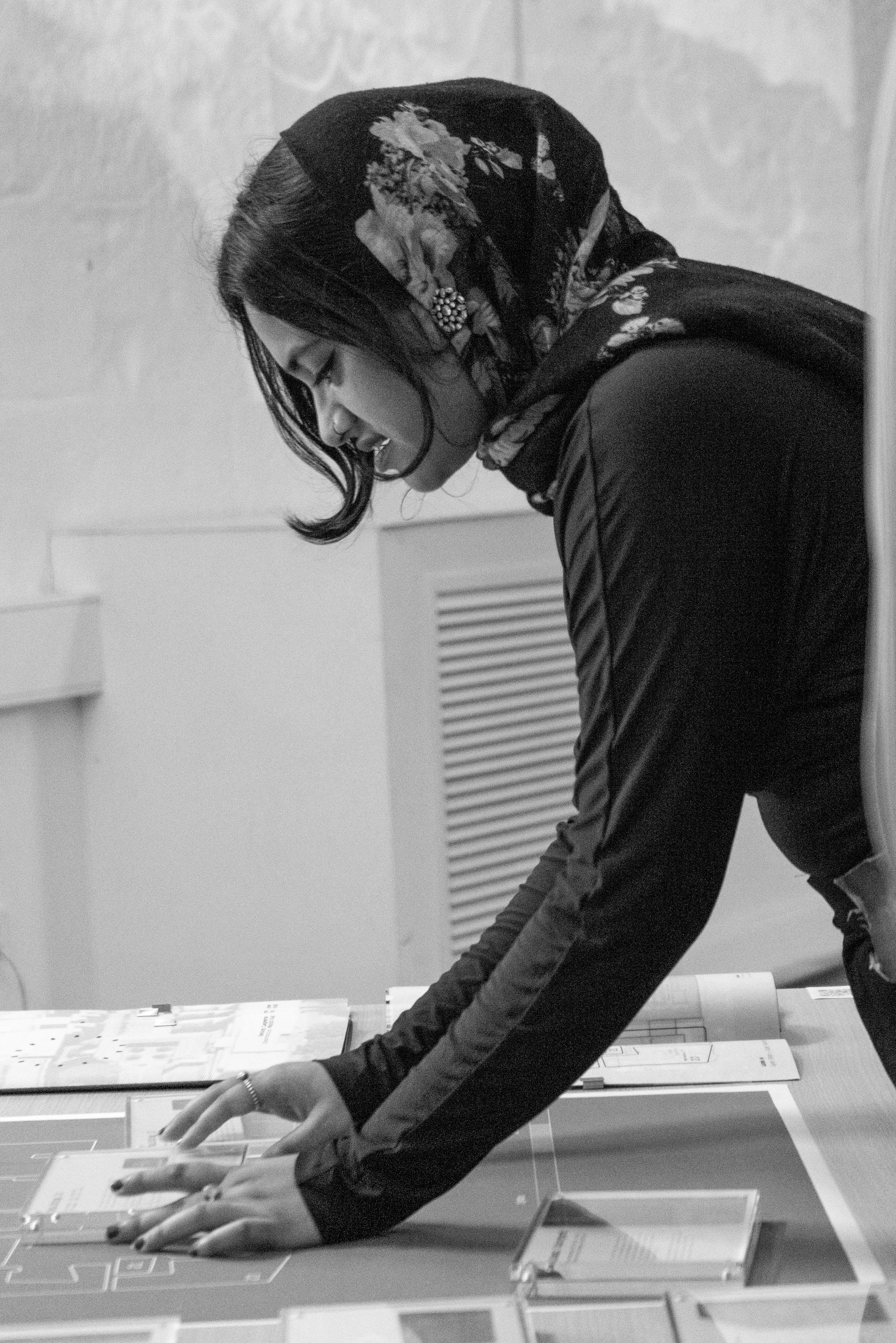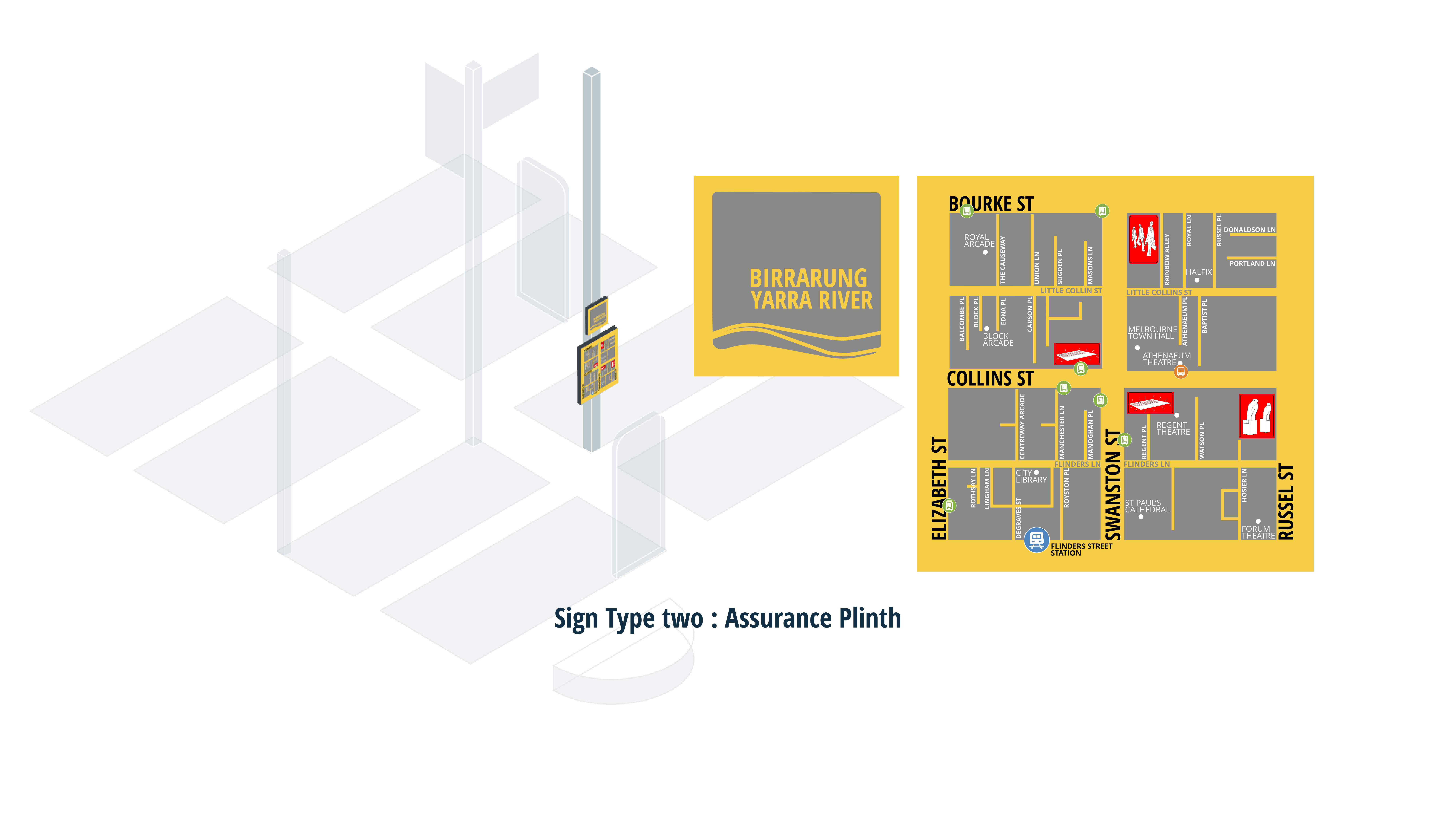Zaib Shaheen
Reclaiming How Migrants Navigate in Melbourne CBD
How can redesigning wayfinding systems in Melbourne CBD help migrants navigate better?
Project Abstract
Melbourne boasts of being one of the most livable cities in the world and welcomes huge amounts of people every year, either as young students or as working professionals. The research project defines this group of people as migrants. These migrants bring with them countless cultural backgrounds and nuances.
Across generations, these cultures have melded together and formed the vibrant city that we know and love today. But this rich history and unique place identity is yet to be reflected in the city’s infrastructure, leaving it to thrive on the fringes of society. These fringes have grown worldwide to challenge norms and established pedagogies.
The project acknowledges the importance and relevance of these fringes and hopes to create a system that can communicate a strong place identity to new waves of immigrants. Additionally, the current systems need to be redefined in ways that step away from blanket standardizations but rather relook at differentiating metropolitans from each other.
Q&A
Q: In 5 words or less, what is communication design research really like?
A: Exploratory, Insightful, Confronting, Liberating
Q: How many hours a day do you spend thinking about or practising design?
A: 8
Q: Tea or coffee? Estimate number of litres you consumed in 2024 so far.
A: 100 litres
Q: Weirdest typeface you have ever used?
A: Ugly dave
Q: If communication design were a dish or meal, what would it be and why?
A: It would be Hotpot


Fig. 1 –
The Proposed System.

Fig. 2 –
Informational Plinths at major points of entry into the city grid.

Fig. 3 –
Assurance Plinths that include the relations between a primary and secondary landmark [Street art] that help in better place recall.





